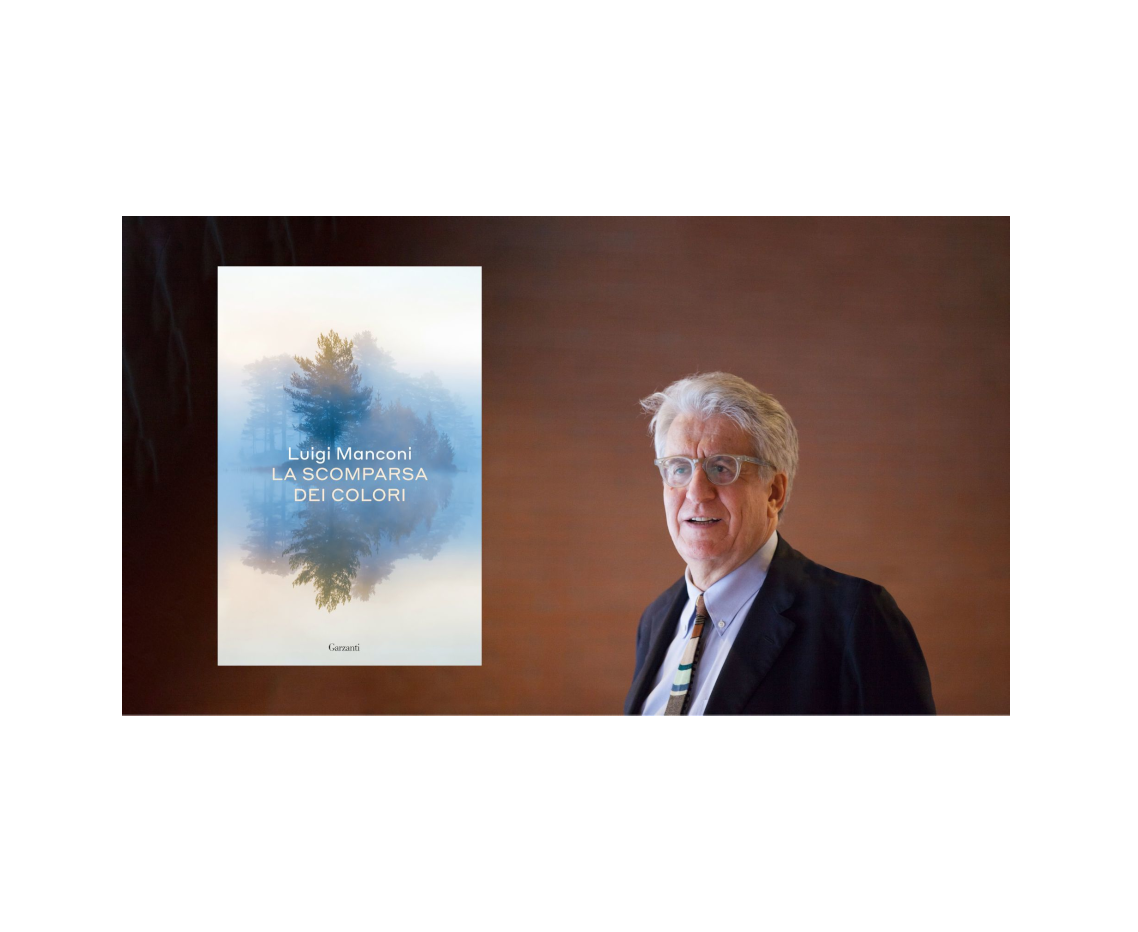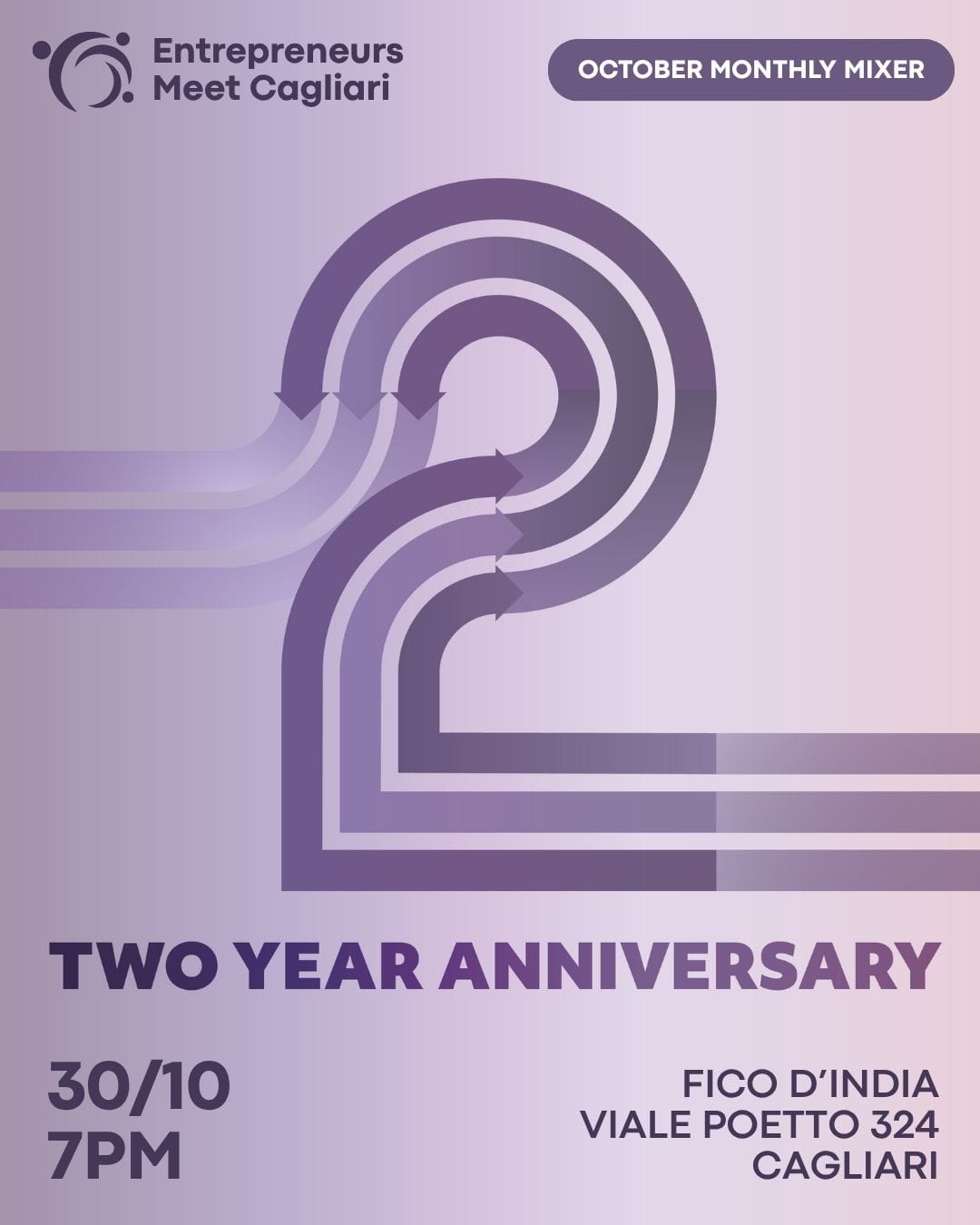The disappearance of colors

Becoming blind is a dramatic experience. It means losing connection with the world, its dimensions and colors, its promises and surprises. It also means struggling in relationships with others and with things: the missed caresses and dropped glasses, the inability to write a dedication or to decipher a face. Over fifteen years, Luigi Manconi - a sociologist and political activist - went from strong myopia to low vision, partial blindness, and ultimately total blindness. His story is a tale of loss and a slow descent into darkness that is not completely black. Blindness is milky, sometimes hazy, and occasionally even reveals luminous flashes.
This book is a testimony of a journey of consciousness and knowledge, and a portrayal of a new world full of echoes: the sounds of a basketball game, the notes of a song, the voice dictating a text or commanding a voice assistant, or that of an actor reading an audiobook. And tactile sensations: the warmth of the sun on the skin, hands touching walls to navigate, uncertain grips on objects, knees bumping against corners. And above all, memories, because along with the loss of sight come the twists and turns of memory: teenage premonitions and faces that remain unchanged from thirty years ago. And then, what does someone who cannot see actually see? In Manconi's narrative, there is both the temptation of despair ('the problem of whether to throw myself out the window or not') and a constant vein of humor, irony, and self-deprecation. There is acceptance of the limits imposed by destiny and an ode to the struggle: the antidote to blindness, which is primarily immobility, is precisely the fight - 'the movement that gathers and mobilizes energies, produces knowledge, pursues goals, and exercises intelligence'.




